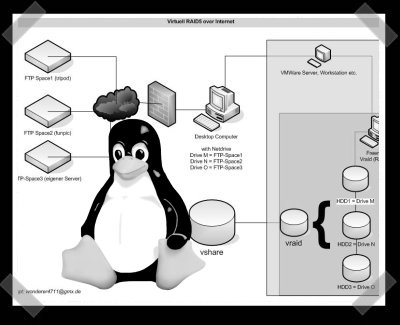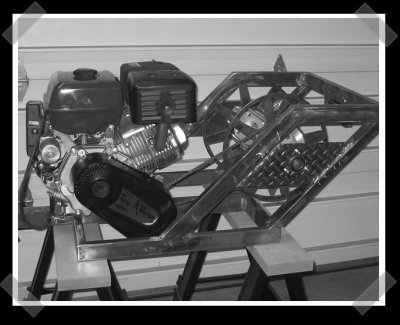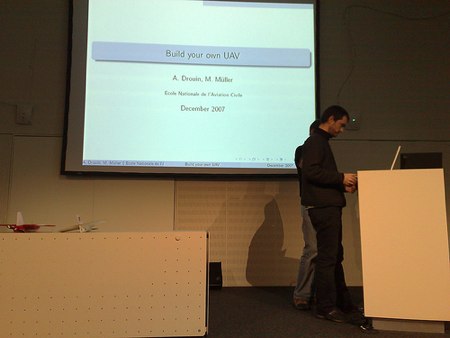
Goodbye 1167627600 –1199167140 1199163540.
[Justin] is having fun telling everyone that an exploit has been found for the Archos 605 media player. The hack gets you remote root access on the player… need I say more?
[Gene] sent in his polar coordinate based LEGO 3d printer. He’s still working on the driver end, but it’s an interesting project.
[Kyle] sent in the gutting of his flip video camera.
Need some new storage? [forrest] sent in his price/GB price comparison script. It scrapes New Egg and graphs out the results.
Despite the link on our old post being dead, [Txoof] built his own CCFL macro light from a dead laptop LCD.
[Dan] sent in his LED cube matrix. The LEDs are wired in a matrix, so he can actually address them individually.
















